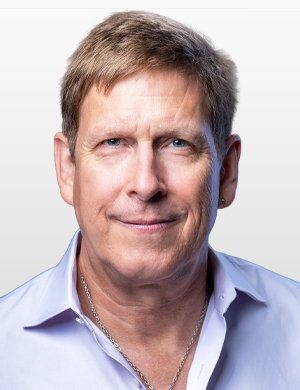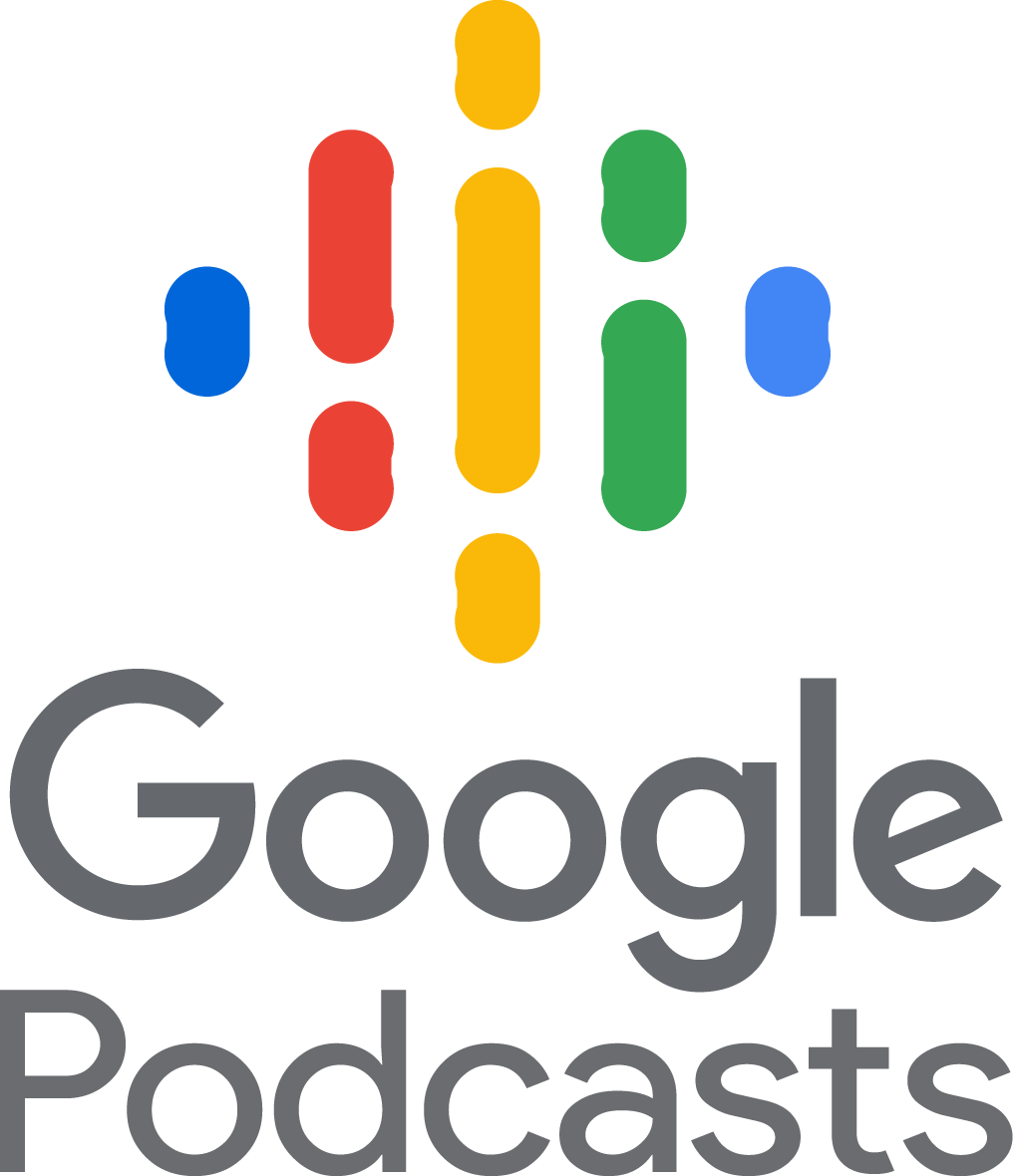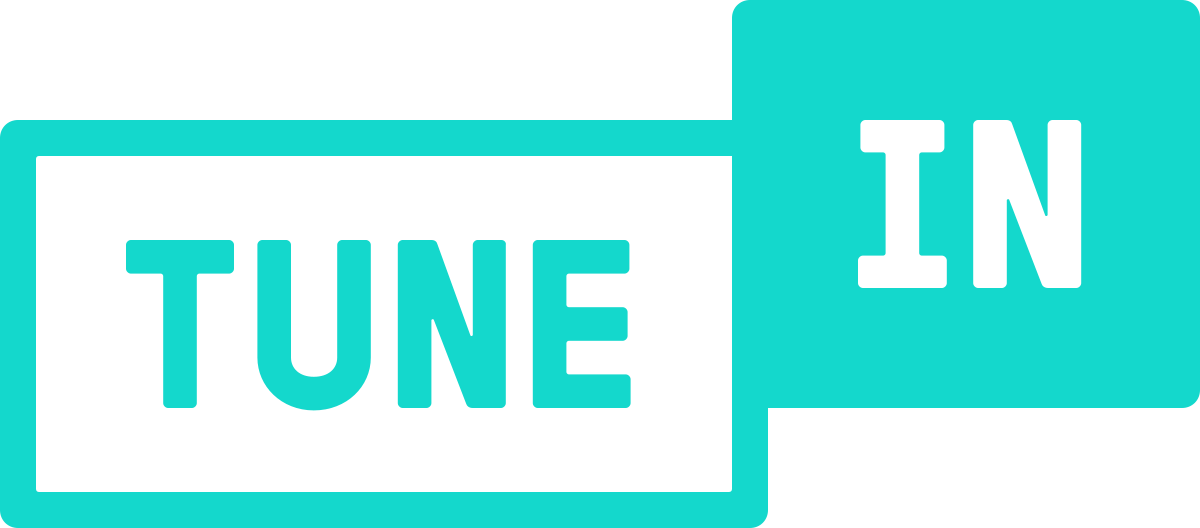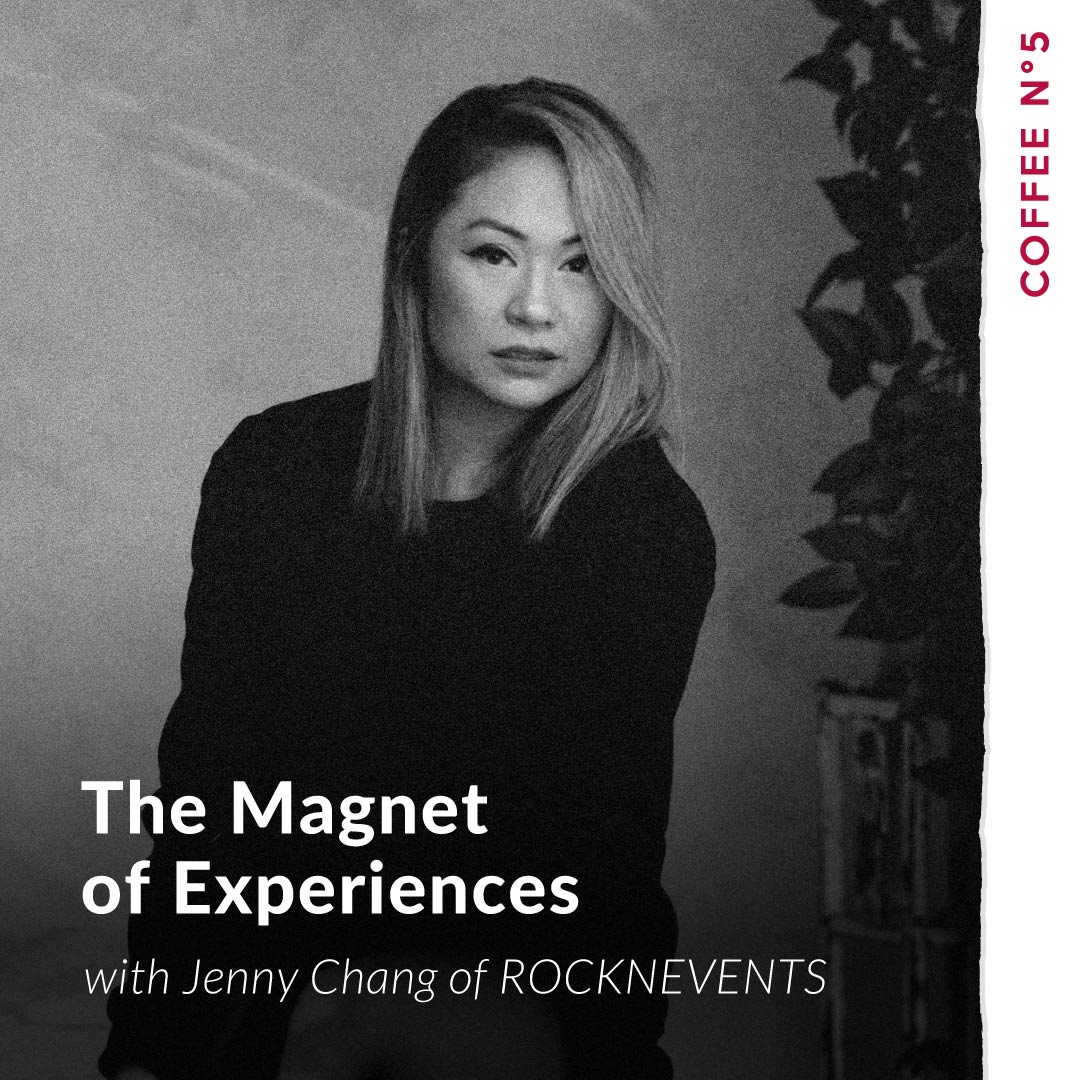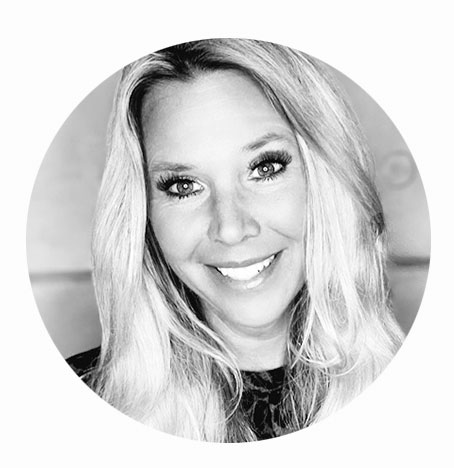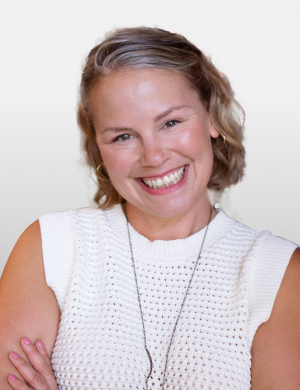Lara Schmosiman (00:11)
Hi everyone, welcome back to coffee number five. So I have to tell you like a few years ago, even before I started doing so much of the beauty and wellness event circuit, I was at a little event in Austin, Texas, but it was so little that I felt overwhelmed of everything that was happening there. And by now you probably know that I’m talking about South West by South West.
And but I want, mean, we having people from different events coming to the show. And but Southwest by Southwest is more than a show. I don’t even know how to explain it. So I invited someone much better equipped to do it than me. So welcome Hugh Forrest. Thank you so much for being here.
Hugh Forrest (01:02)
Hi Laura, it’s great to be here. I am excited to talk to you for the next few minutes.
Lara Schmosiman (01:06)
Okay, so tell me, mean, first of all, want to know how someone ended up leading such a big event. How was your trajectory? How did you get there?
Hugh Forrest (01:18)
Well, ⁓ I joined, I came on the South by Southwest team way back in the dark ages of 1989.
Lara Schmosiman (01:28)
wow, that’s where the dark age is and I was around, so…
Hugh Forrest (01:31)
It really did exist. I was hired, the funny story I always tell about how I got self-isolated, I was hired because I had a computer and they didn’t. Having a computer in 1989 was, I guess, a little bit rare. But didn’t ever think I would…
Lara Schmosiman (01:44)
I love love
Hugh Forrest (01:53)
stay there for 35 years. But it was a heck of a ride, really cool to be a part of something that grew from a relatively small music focused event to something that was much bigger and covered all kinds of different verticals.
Lara Schmosiman (02:11)
I really want to understand the evolution because this was a city-wide event when I was there, like three, four years ago, and maybe was right after, before COVID or yeah, before COVID. ⁓
And it was honestly so overwhelming that I didn’t know what to do first. We have from music to technology, film, stand-up comedians. It was absolutely everything. So how do you identify today? What is…
the event, how was the transformation? Is that an event? Is it a festival? What is it anymore? How can you explain it? Because you were the one creating it, so…
Hugh Forrest (02:55)
Well, it is hard to explain. It is hard for ⁓ people to understand what it is without being there. I will also say that ⁓ I’m a firm, firm, firm believer in the power of community. So I ⁓ was lucky enough to be ⁓ driving the boat for some of time, but it was very much the community ⁓ in all the many senses of that word that
Lara Schmosiman (03:03)
Mm-hmm.
Hugh Forrest (03:23)
that built this event. again, South by Southwest started in 1987 as a small music focused event. In 1994, we added technology and film. That was the first of many, many pivots where we added new elements to the event.
Lara Schmosiman (03:43)
And I have a question. When you start adding a new element, how do you decide what element to bring and how do you drive people? You drive them by the content, by the guests. What are the key elements that you feel like will bring or that you know that brought the audiences?
Hugh Forrest (04:02)
Well, for what we did with South by Southwest, and this may be different for other event organizers or experienced organizers, the elements that we added to the event almost always paralleled ⁓ what elements were ⁓ hot and trending in Austin, Texas. So the fact that we started as a music event in 1987,
There’s a very strong music scene here in the 80s. There’s still a strong music scene in Austin, but maybe it doesn’t punch quite as much above its weight as it did in the 80s. In the early 90s, ⁓ the film scene here was beginning to emerge. had these two young directors coming out of UT, University of Texas, would be Rick Glinkletter and Robert Rodriguez were starting to make it on national scene. You also had this guy, ⁓
selling computers out of his dorm room in Austin, Texas, that would be Michael Dell. ⁓ So you could see that the city was ⁓ beginning to emerge as ⁓ a ecosystem of technology. ⁓ More recently, say 15 years ago, we started doing a lot more health and med tech stuff. ⁓
And that was very much because the University of Texas was building a medical school here in Austin, Texas. So, and the content that we added almost always reflected what was ⁓ hot and trending in Austin, Texas. While I’m no longer with South by Southwest, when I was, people would often ask me, well, what will South by Southwest look like in 2030? And I would usually say, I don’t know, but it will look a lot.
Lara Schmosiman (05:26)
Mm-hmm.
Hugh Forrest (05:49)
like whatever Austin, Texas looks like.
Lara Schmosiman (05:52)
time as we got the internet and as we became more global and that I’m sure that the event grew and it started taking over the city, do you feel like you had to bring other parts of the cultures of the country in order to being ⁓ able to drive that traffic and drive also your sponsors? Because this is an event that people of course they pay for their ticket
but you are heavily needed in sponsorship, correct?
Hugh Forrest (06:22)
Well, were fortunate, yes, sponsors were a huge part or are a huge part of the revenue model of South by Southwest as well as other big events. ⁓ We were big enough that we could do a whole lot of content and cover a lot of different industries, lot of different verticals. ⁓ The unifying principle here was that we always thought that
Lara Schmosiman (06:33)
Mm-hmm.
Hugh Forrest (06:51)
Creative people, no matter what industry they’re in, can learn from other creative people in other industries. So maybe you’re a filmmaker, but ⁓ maybe seeing a chef talk about what they are doing and how they came up with their concept of restaurant, maybe that unlocks a window of thinking in your approach. again, was always this idea of putting many different industries together.
putting all these creative people together in a city that’s always celebrated and cultivated creativity, doing it at a time of the year, March, when ⁓ spring is happening and there’s that literal ⁓ rebirth metaphor ⁓ and lots of good things would happen ⁓ when we mixed all those different elements together.
Lara Schmosiman (07:40)
So I’m curious, so how the life of an event planner changed from 1980s to 2020s?
Hugh Forrest (07:53)
A great question and I think that things have changed radically. As an example, when we went South by Southwest started in the late 80s, you didn’t have, certainly didn’t have the kind of social media that we have now. you’re, that in some way that or that
Lara Schmosiman (08:11)
Mm-hmm.
Hugh Forrest (08:16)
You couldn’t mark it the same way, also your mistakes were not amplified in the same way that they are in our grant.
Lara Schmosiman (08:21)
I know, right? But something
doesn’t go wrong, we could hide it.
Hugh Forrest (08:28)
Yeah, we couldn’t hide it. ⁓ Certainly as well, there were not any kind of off-the-shelf ⁓ event organizing tools in the late 80s as there are now, something like an Eventbrite or any other ticket platform that you can essentially ⁓ be up and running with your ticket ⁓ sales and your website for an event in literally half an hour.
And for ⁓ us, just the scale of the event ⁓ grew considerably and that increased the complications of the event and also ⁓ made it, ⁓ brought lots of different kinds of ⁓ concerns to the forefront, most notably safety when you have that many people.
I mean, I also say, Laura, that I was lucky enough to be involved with this event that brought somewhere between somewhere around 50,000 ticket holders to Austin every spring plus 100,000 others who are just coming here for the free parties. But I also strongly believe that
Lara Schmosiman (09:45)
Mm-hmm.
Hugh Forrest (09:50)
scale is kind of the enemy of community ⁓ that you often have much better experiences in a much smaller ⁓ setting. And you said it ⁓ when we started, you said that you came to Austin for South by Southwest and you were overwhelmed. And I don’t think you said that in a negative way, but you don’t want your-
Lara Schmosiman (10:12)
No, wasn’t.
I mean, I never expected so much going on that it was hard to decide where to go because everything was happening at the same time. And a lot of things looked really interesting and I wanted to do all being me being mean. But I have a question because creating, I’ve seen something in an event world in the last, I’ve been around for a while too. So, but
Now everything became a lot more about experiences. What’s the difference that you’ve seen as generations? Because when you started this, the young generation were like the X-Gen and now you had to go through all the generations. How would that change? And what each generation, how do you have to pivot?
to keep attracting mostly because you are this festival. I mean, there’s a lot of business going on too, but attracts a lot of youth.
Hugh Forrest (11:07)
Sure. Well, ⁓ I think you hit it on the nose there. I ⁓ I don’t think most people are all that excited about going to events. They’re much more excited about being part of an experience. So how can you create something that is absolutely unique, that is memorable, that ⁓ doesn’t happen ⁓ regularly?
And we were lucky enough to be able to do that ⁓ a lot at South by Southwest. ⁓ Often those experiences were sponsor driven where one of the sponsors would ⁓ do something.
Lara Schmosiman (11:48)
When was a point in time that you said, need to pivot, we cannot just put shows, we need to do something else?
Hugh Forrest (11:56)
I think it was always a gradual pivot. mean, was never a night and day of one year we followed a formula and the next year we pivoted. We ⁓ always prided ourselves at South by Southwest about reinventing the experience every year, ⁓ trying to rethink what was good and
and ⁓ put even more emphasis on that, trying to identify what didn’t work so well and trying to minimize that in the future. And again, trying to find ⁓ new ways that attendees could have a ⁓ unique ⁓ experience by coming to ⁓ this event in Austin,
Lara Schmosiman (12:46)
I know
a lot of people and I would love to understand the process behind it, that you make people to pitch to be a speaker at Southwest by Southwest. So how that idea came from and what did you find about why people apply and how is this election made?
Hugh Forrest (13:07)
Well, of the things that we, referencing what you said, one of the things, Laura, that we did over the last roughly 15 years is we had a speaker application process that was called the panel picker and people applied to speak at the event, which is not different than a lot of events, but how we made it a little bit different is that we posted all the… ⁓
all the speaker applications on a interface, on a votable interface so the community could ⁓ upvote or downvote their favorite speaking proposals. And that very much ⁓ aligned with our belief in the power of community. It aligned with kind of a belief in open source. It aligned with this idea that we wanted to find new speakers.
new people with new ideas as opposed to trying to simply showcase the same kinds of speakers that were ⁓ appearing on a lot of these kinds of events. And this turned out to be a very successful ⁓ element in the growth of South by Southwest doing the speaker process this way. ⁓ I’m not sure how it will be for 2026, but for last 10 years roughly,
70 % of the conference content, i.e. panels and presentations at the event, came from UGC. You just generated content that was ⁓ entered via this panel picker process.
Lara Schmosiman (14:35)
So there is anything that you say, I tried and it didn’t work that well, but we tried.
Hugh Forrest (14:45)
I don’t think we have that long in the show to talk about all the things that we tried and didn’t.
Lara Schmosiman (14:51)
No, but I
love to hear that because even successful events or everything we do, everyone that is successful in something fails in other things. It’s the only way that you balance it and you learn from those things. The learnings when you fail, I think that you learn more than when you win.
Hugh Forrest (15:07)
Yeah, absolutely. Failures are just one step closer to a success, right? So some of the things that didn’t work quite so well or that we pivoted from and learned better is, mean, for instance, we used to, or for many years, we would follow the traditional conference model of doing our,
Lara Schmosiman (15:12)
Yeah.
Hugh Forrest (15:33)
keynote speaker is the first presentation of the day. we eventually wise out and wise that a lot of the attendees were still sleeping at the first.
Lara Schmosiman (15:36)
Mm-hmm.
⁓ don’t
tell me about it. Sometimes when I’m a speaker in events and you have like the last spot of the day, say, my God, that’s going to be tough because people are really tired right then.
Hugh Forrest (15:58)
Well, last spot of the day can be tough as can be the first spot of the day. So we ended up pivoting the keynote to middle of the day, which seemed to work a lot better, more people there, and that’s when they’re most energetic. We tried doing, for instance, given my belief, given our belief in the power of community, we would try doing town halls during the event, which were kind of like open,
Lara Schmosiman (16:02)
I know.
Hugh Forrest (16:25)
you know, ⁓ an open forum where registrants could come in and ⁓ talk to us, ask questions, give suggestions. ⁓ It was always a great idea, but we would never get that many, ⁓ you know, the room would not be that full. So that was something we pivoted away from. ⁓ I also think that, ⁓ you know, the more we did this event, the more we realized
did this experience, ding, ding, ding, experience, not events, we would realize just the importance of those three words that businesses often talk about location, location, location, meaning that the things that were often, or that almost always were the best attended were the things that were easiest for people to go to. If you’re forcing your attendees to walk a block or two blocks or three blocks or something,
that was often gonna be, attendance would often suffer on that. So again, those are some of the lessons that we learned, always trying ⁓ to be as open as possible to pivoting and changing year after year and nothing be set in stone. ⁓ I think that becomes harder to pivot and change.
the longer you do something and the bigger crowd you have coming. The scale makes that difficult. But again, the more you can be responsive to your community, can listen to your community, you can interact with your community, you can engage with your community, I think the stronger your event, your organization, whatever you’re doing becomes.
Lara Schmosiman (18:10)
Walk me through a year from, let’s say that you just finish a show and let’s not go to the post show, but then say, okay, we take a few days off and then we need to start planning the next year.
How is a year in the planning or six months, how do you work in the planning of such a big event? How is your team? Because I’m sure over the years it was growing and then you have someone for the film and someone. So I want you to know the whole process of creating an event like this. This is fascinating.
Hugh Forrest (18:43)
Ha! Well…
I think my experience doing this ⁓ was as follows, that as ⁓ an event organizer, you’re working really hard for the last three months going up to the event. You’re exhausted going to the event. If things go well, you ⁓ ride the adrenaline of the crowd. You get energized again ⁓ and you’re excited when the event is over. And then the adrenaline wears out.
and you’re really tired.
Lara Schmosiman (19:15)
And you need
vacation after that. And also an event doesn’t finish when it’s finished for the public. It finishes after because you need to close up stuff.
Hugh Forrest (19:18)
So.
Well, you’re trying to balance that ⁓ with how tired your staff is. I think that when I was at South by Southwest, we were pretty good at spending a lot of time post-event reading attendee feedback. ⁓ It’s great to read feedback.
Lara Schmosiman (19:33)
Yes.
Hugh Forrest (19:49)
from an attendee that they had a great experience, that they had a wonderful experience, it was life-changing. Their startup got funded, their movie got picked up, their band got signed. But it’s also really important to read the feedback of people who did not have a stellar experience and try to understand what went wrong there. So we would typically spend about two months going through the positive and the negative feedback. ⁓
have teams that divided this up into different sectors and do reports on this. And then that would culminate in some kind of big day-long ⁓ meeting retreat to discuss the positives and the negatives of what went right. ⁓ But then by, say, ⁓ June, we were… ⁓
We turned the page on the event from three months ago and we’re working on the event for next March. And that’s certainly one of my big beliefs that ⁓ it really takes a year round planning cycle or at least a nine month planning cycle to put on a ⁓ successful ⁓ event. So ⁓ in June, that would be when we would ⁓ start taking speaking proposals for the next year, start thinking about the
themes we wanted to do and on the band and the band side.
Lara Schmosiman (21:19)
So every year
you have a theme.
Hugh Forrest (21:22)
⁓ There was never one single theme, but there would be, know, like what’s the big hot and trending, hot trends that we think are going to be, ⁓ that our community is going to want to explore at next year’s event and how do we emphasize that? Trying to think of strategies there. ⁓ So again, you’ve got a long time, a long runway.
to put the event together with the concept here that events, experiences are all about details and the more details that you can ⁓ have handled, the better the ⁓ end product is gonna be. ⁓ I’m also intensely cognizant that your audience is not on a nine month cycle, usually they’re on a two or three month cycle. ⁓
What often happens is…
Lara Schmosiman (22:20)
Was
any situation that you feel like you were planning something for like nine months and then you’d realize like right before show this is not gonna work
Hugh Forrest (22:29)
Not so much that, but we would try to build in flexibility such that if something amazing fell into our laps ⁓ two weeks before the show started, a month before the show started, you would have the flexibility, the capability to make room for that. And ⁓ that was one of the reasons that I always thought it was important to start planning nine months early. So get the…
get the nuts and bolts stuff out of the way and give us a lot of capability to ⁓ absorb the last minute surprises, positive or negative, ⁓ when they inevitably occur.
Lara Schmosiman (23:12)
So that’s in the past, what’s in the future for you?
Hugh Forrest (23:16)
⁓ Well, I left South by Southwest the end of April. I’m now doing a, now involved with a company.
Lara Schmosiman (23:23)
You’re taking
35 years, very long time vacation after 35 years of work. And then what’s going on with you? What can we expect from you?
Hugh Forrest (23:30)
Ha.
Not a long enough vacation. Now I’m doing a thing called gather and grow experiences. ⁓ And the idea is that using the lessons learned, mistakes made from my time at South by South West advising other ⁓ conferences, other festivals, other organizations, ⁓ how they can. ⁓
Lara Schmosiman (23:42)
Okay.
Hugh Forrest (24:03)
do the best at creating a community. And I’m firmly, again, I’ve said this a few times in the podcast and we’ll see it even more, is I’m firmly, firmly, firm, firm, firm believer in the power of community. And that means the power of bringing people together face to face. I think that ⁓ while the virtual world, while we have so many tools that are so important in our life, ⁓
witness the Riverside studio on which we’re recording this and we can do this in different parts of the country. And it can be ⁓ almost like we’re sitting together talking. But in fact, it’s not like we’re sitting together talking because there is something intrinsically special about people being together the same room, the same place, the same time. I think that you bring people together. ⁓ Many more people realize that
Lara Schmosiman (24:53)
it is.
Hugh Forrest (25:00)
There’s a, we have a lot more in common than we have different, that there are a lot more ways that we can help each other, that we can hurt each other, that…
Lara Schmosiman (25:07)
Absolutely.
A face-to-face event, it’s so important. In anything you do in life, and I think that COVID takes that away from us a little, because a lot of people start working on only interacting online. And there is nothing than connecting with others in a live event.
Hugh Forrest (25:11)
next.
Yeah. So again, what we’re doing with Gather and Grow is trying to preach that gospel to anyone who will listen, help them create ⁓ community focused events, events and experiences, experiences that will bring people together. ⁓ And in my mind, there is nothing more important in 2025 and 2026 than bringing people together face to face and helping them realize that
We’re much better when we’re together as opposed to when we’re divided and throwing sticks and stones at each other.
Lara Schmosiman (26:05)
Amazing. So before we go, my last question and you know what it is. How do you drink your coffee?
Hugh Forrest (26:11)
Black.
Lara Schmosiman (26:12)
I want someone to be a little more entertaining with the coffee order. Well, thank you for sharing though.
Hugh Forrest (26:18)
What?
⁓ My coffee black, although I ⁓ more prefer a skim milk latte ⁓ as my morning drink. ⁓ So there, a little more deep.
Lara Schmosiman (26:34)
Okay, well,
thank you for sharing. To you guys, was so great to have you and thank you so much for sharing all this knowledge about event planning and to you guys, we’ll see you next week with more Coffee Number 5.
Hugh Forrest (26:50)
Thank you, Laura.
